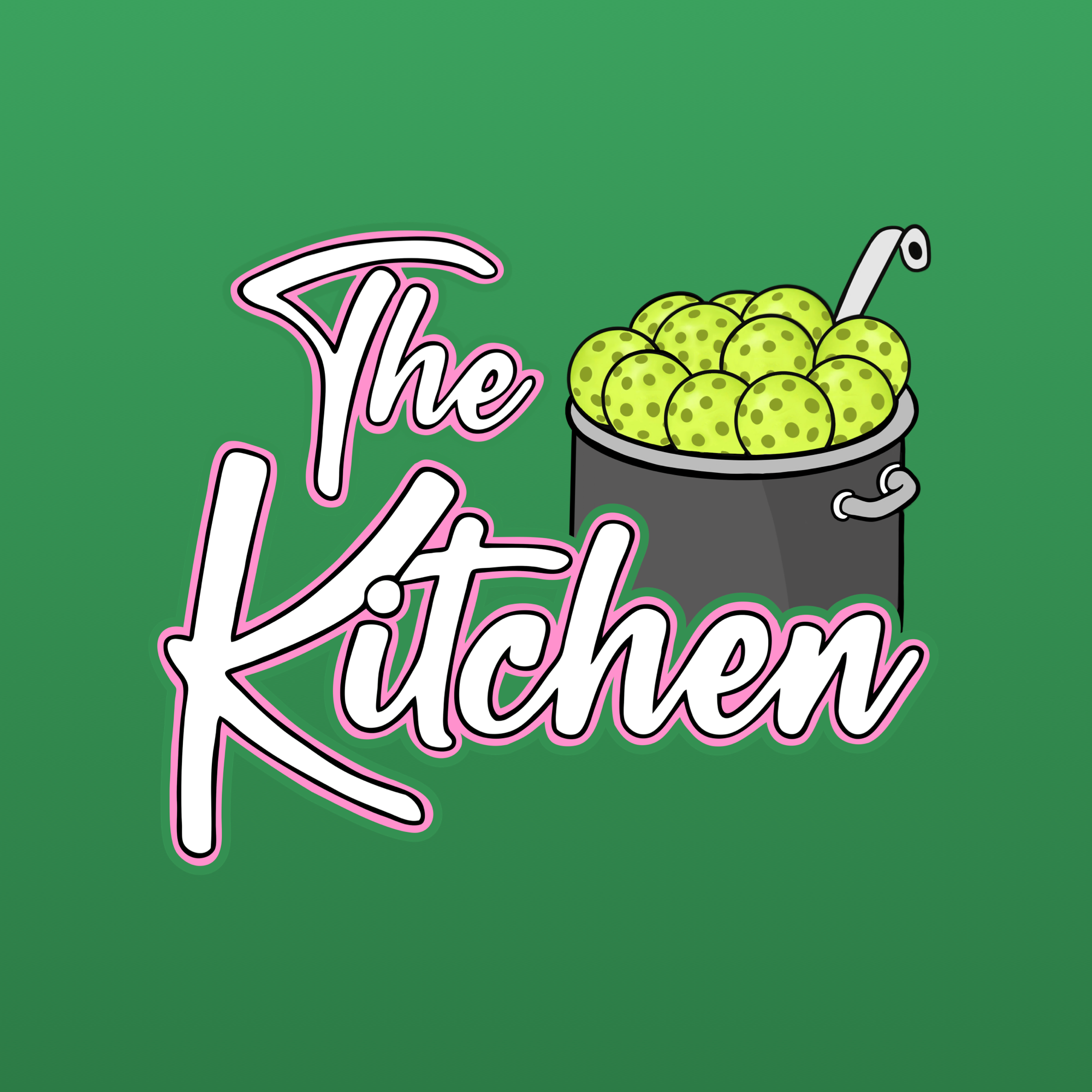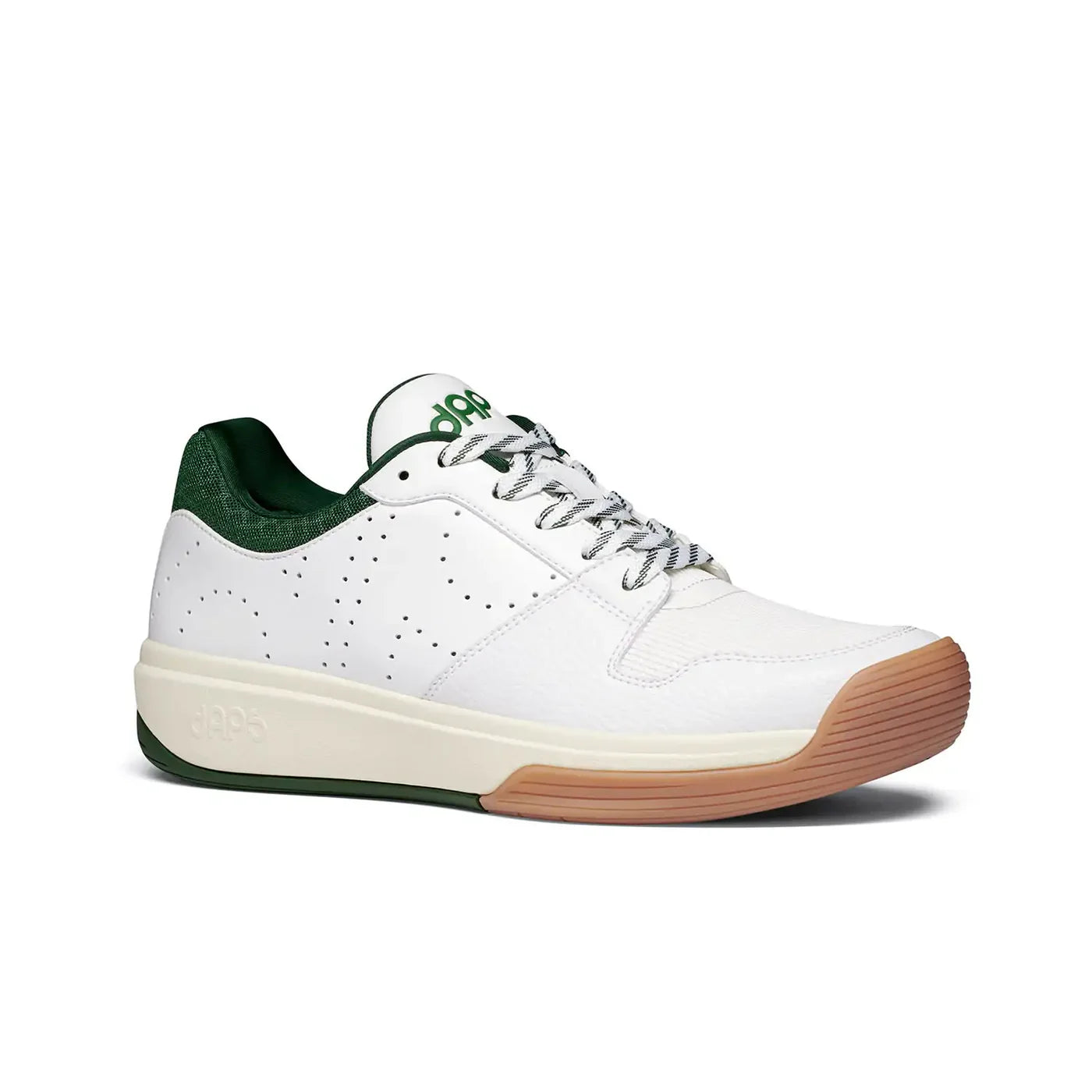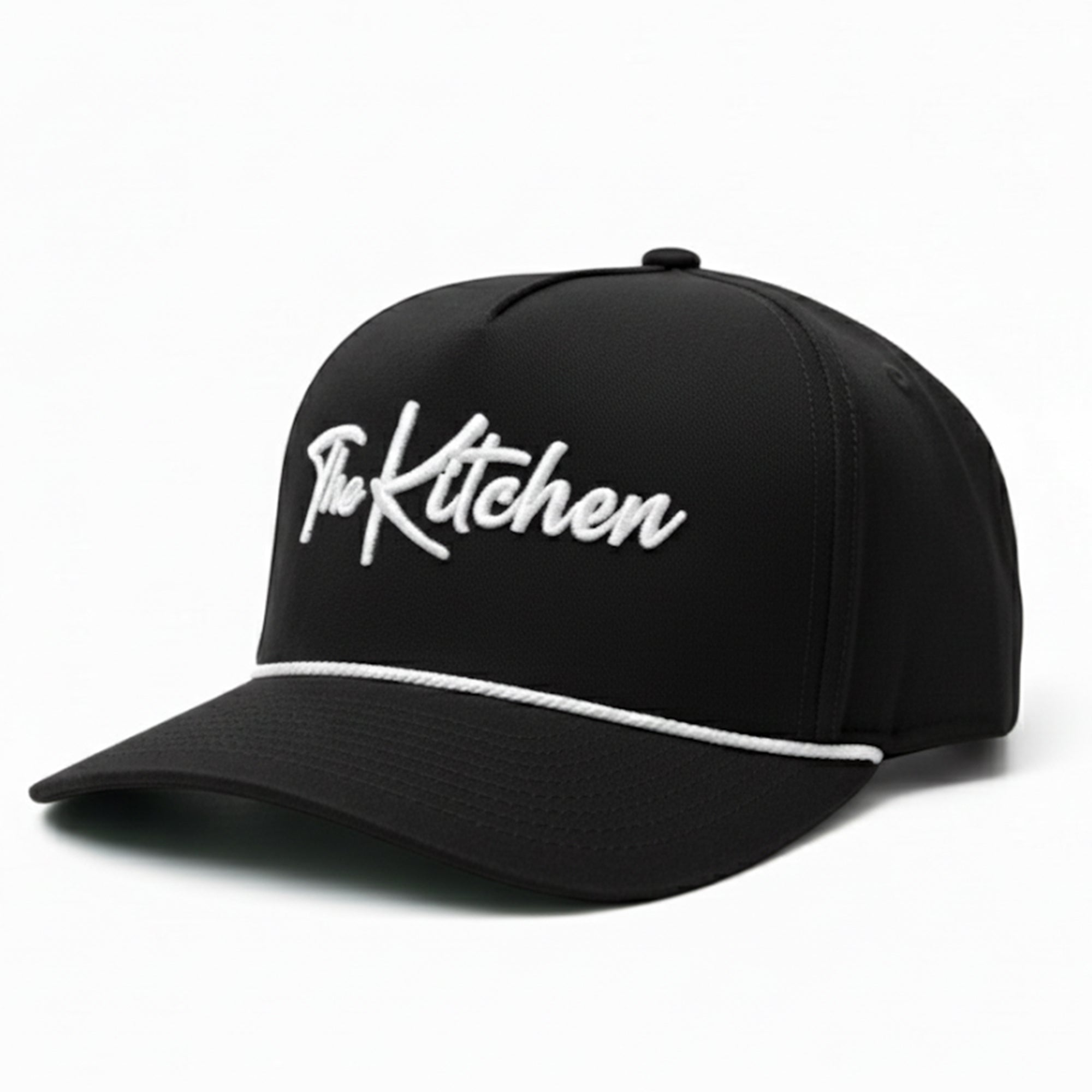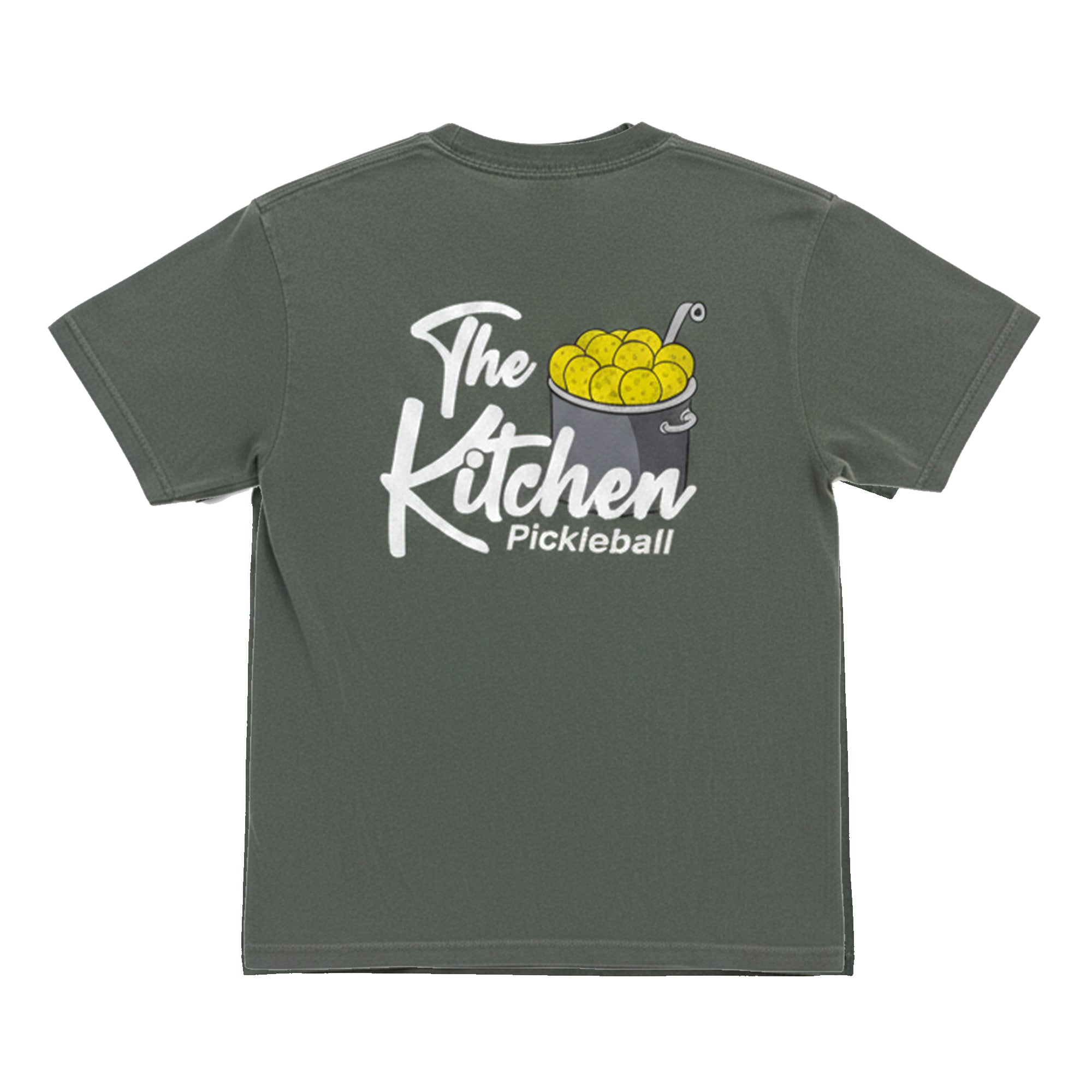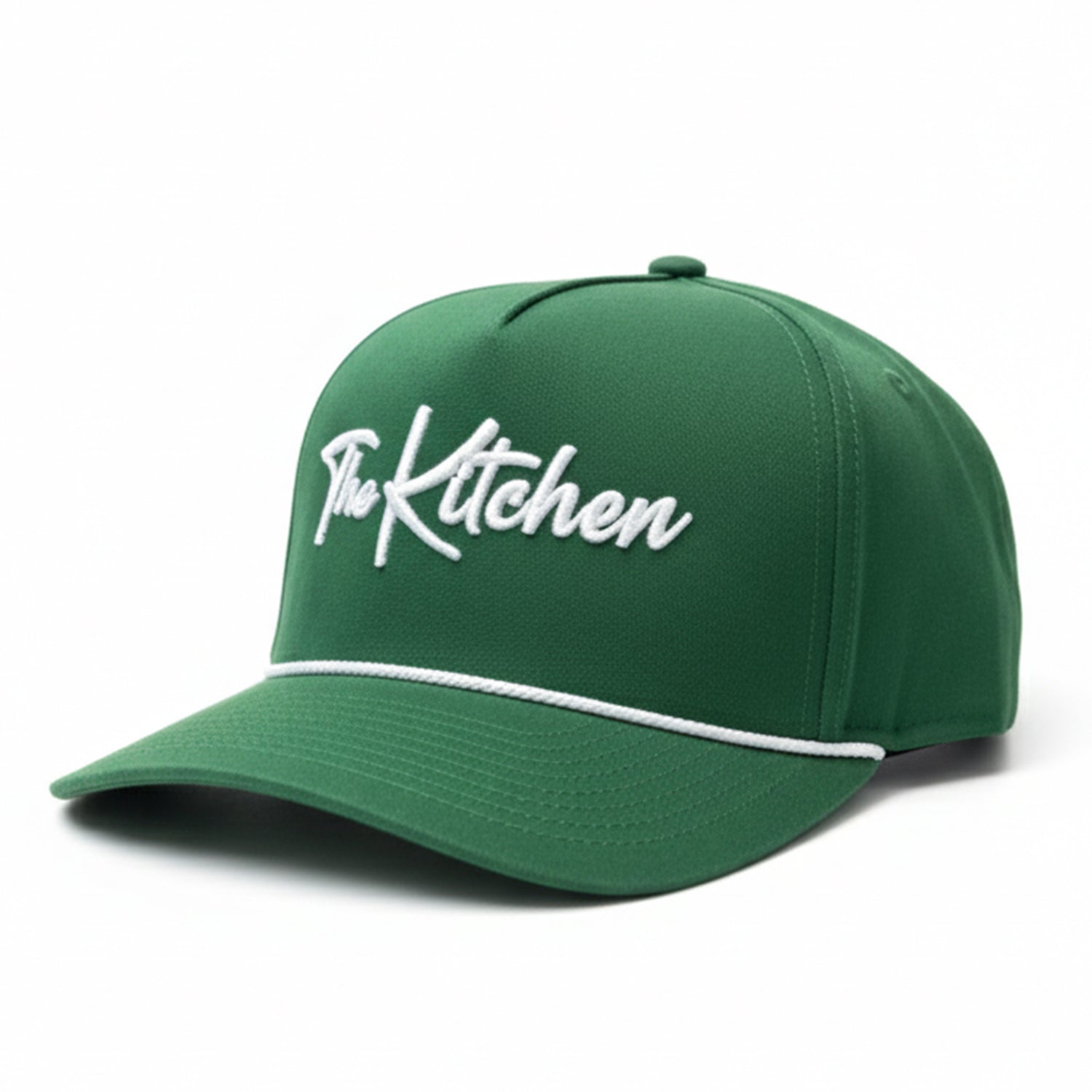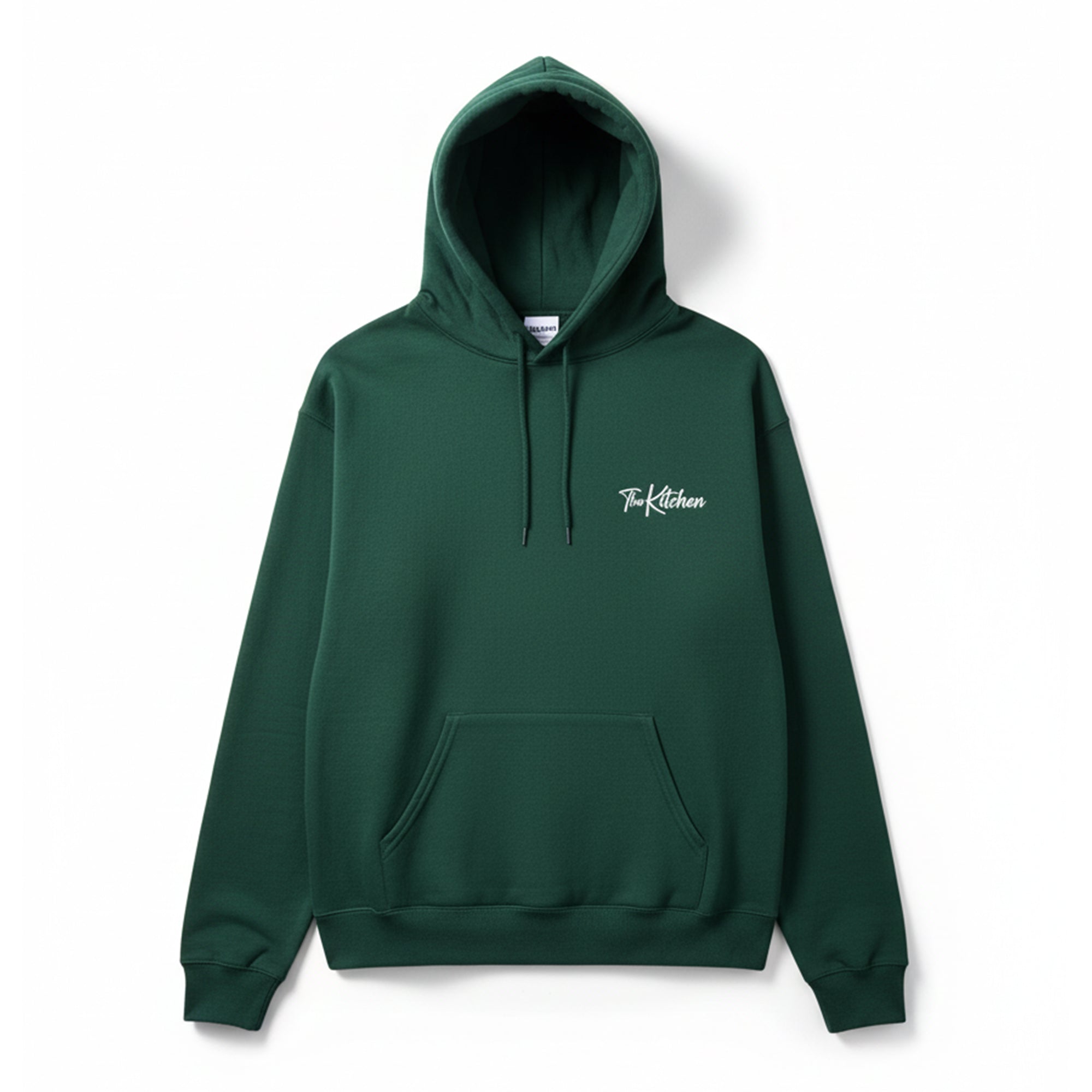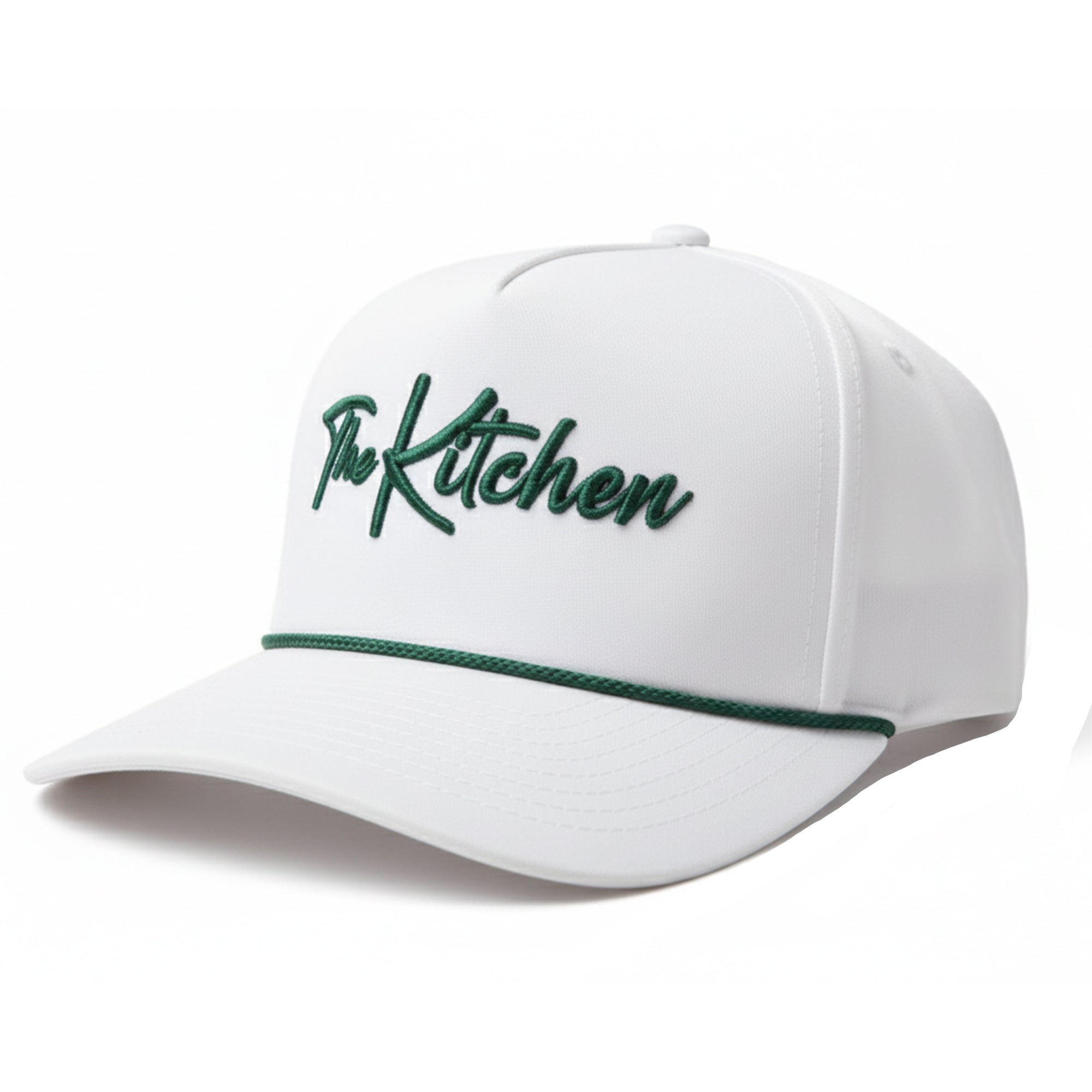The Key to a Consistent Pickleball Serve? Topspin
Last Edited
Oct 30 2024
Category
Instruction
There's a problem with the way most pickleball players serve, and it's part of a learning curve that looks something like this:
- Beginners rely on slow, looping serves with no topspin to keep the ball in play, but these serves are easy targets for skilled opponents who can easily position for a strong return.
- More experienced players try faster serves, but these often lack consistency and often go into the net or out of bounds.
How Can You Improve Serve Consistency?
While many intermediate players will simply keep sending at least a quarter of their serves way out of bounds or into the net, wise players will eventually ask themselves how they can increase their serve's consistency.
Factors that affect serve consistency include:
a. the presence of wind, which will cause the ball to drift slightly before and significantly after you hit it
b. errors in your swing speed that make you hit the ball too lightly (and into the net) or too hard (making it sail over the baseline)
c. errors in timing, which make you hit the ball too early or too late, or not on the "sweet spot" of your paddle
d. soft spots or inconsistencies in the shape or stiffness of the ball
Why You Should Use a Topspin Serve
Players can lessen the effects of these factors and improve their pickleball serve consistency with the use of topspin.
Topspin puts a downward pressure on the ball, which allows you to hit it harder and faster without sailing over your opponent's baseline.
It also allows you to increase the height that the ball clears the net without compromising speed, and gives you a larger potential landing area in your opponent's court
The increased height over the net and the larger landing area will make your serve more consistent in the presence of wind and more forgiving in the event of timing errors or ball inconsistencies.
Topspin also therefore increases the margin of error on your serve. Even a modest amount of topspin can increase the margins of error for net clearance and landing zone.
PickleballScience.org researched topspin serves vs. flat serves and found some important takeaways:
- By increasing the amount of topspin, it is possible to increase the margins of error, clearance over the net, and landing location.
- A serve at 50 MPH with topspin arrives at your opponent's baseline more than 200 milliseconds faster than 40 MPH serve without topspin. This gives your opponent less time to react and move into position for a return.
- A ball served at 50 MPH with topspin will “kick” when the ball lands, bouncing higher and faster, making it more difficult to return.
- (Find the full PickleballScience.org topspin serve report here)
In short, using topspin on your pickleball serve provides these benefits:
Consistency Boost: Swing speed, timing, and spin affect every shot. Even a minor misstep can end with the ball in the net or sailing out. With topspin, these errors become less punishing. The spin puts a “downward pull” on the ball, helping it dip into the court even when you go full power.
High Speed, High Control: Unlike flat serves, which either go in or don’t, topspin serves “kick” on landing, adding bounce and speed. This makes your serve harder to predict and limits your opponent’s response options. You hit harder, but the ball stays inbounds.
Increased Error Margins: A serve’s path can shift with small changes in paddle angle or timing. With topspin, your serve gets a bigger error cushion, allowing you to take bolder shots while staying consistent.
How to Add Topspin to Your Serve
So why isn’t everyone serving like this already? Because topspin takes practice to control, but that’s what makes it effective.
Related: Spin in Pickleball: Everything You Need to Know About Technique and Strategy
Ready to revamp your serve? Let’s get into the mechanics:
Go Low to High: The key to topspin is brushing up the back of the ball. This motion generates spin, driving the ball down into the court. To nail this, start by bending your knees, getting low under the ball, and swinging up as you make contact.
Use Paddle Speed, Not Muscle: Topspin isn’t about brute force. A light but fast swing is essential. Imagine gliding your paddle up and over the ball instead of through it. Keep a loose grip on the paddle to maximize spin without sacrificing speed.
Aim High, Land Deep: Unlike a flat serve, which needs precision placement, topspin lets you aim higher over the net. This allows you to target the deeper parts of your opponent’s side, forcing them to return off-balance or from a more awkward position.
Need to practice your topspin on every other shot? Try our favorite drilling machine on the market, the ERNE.


